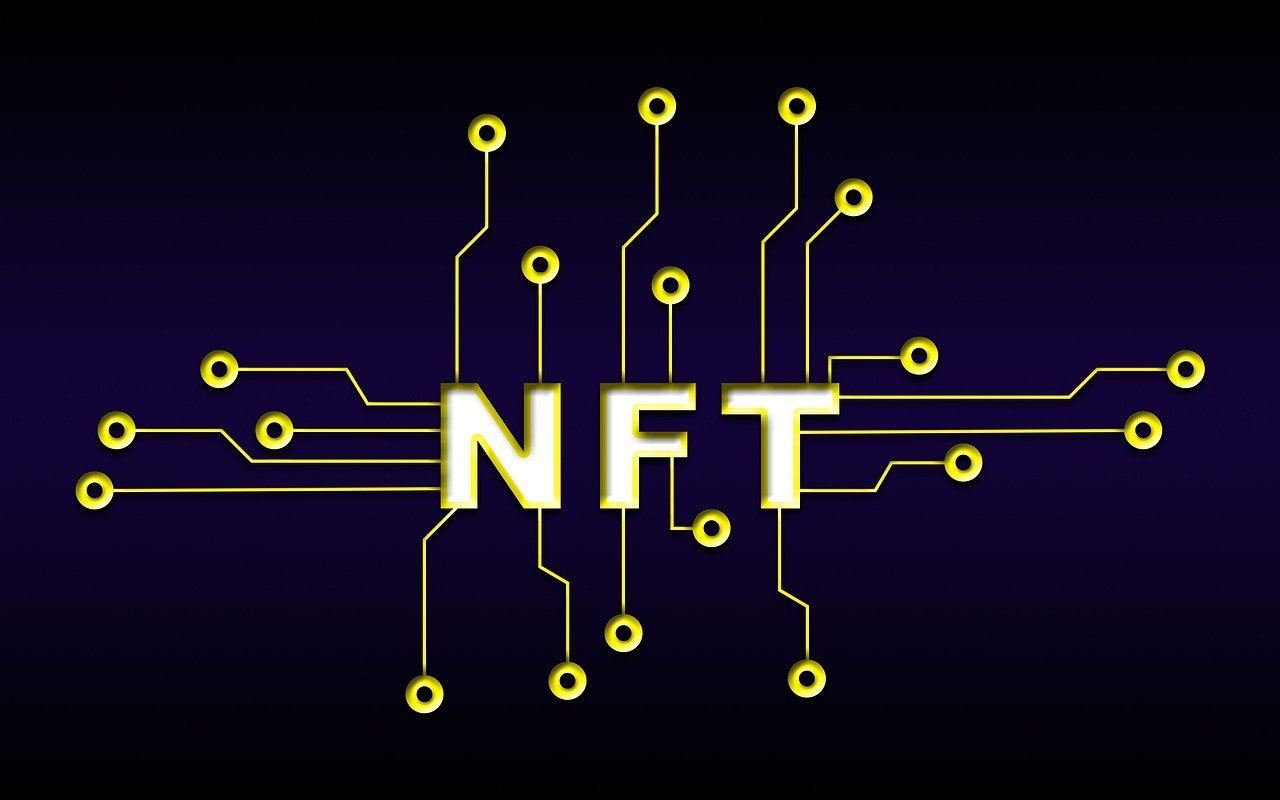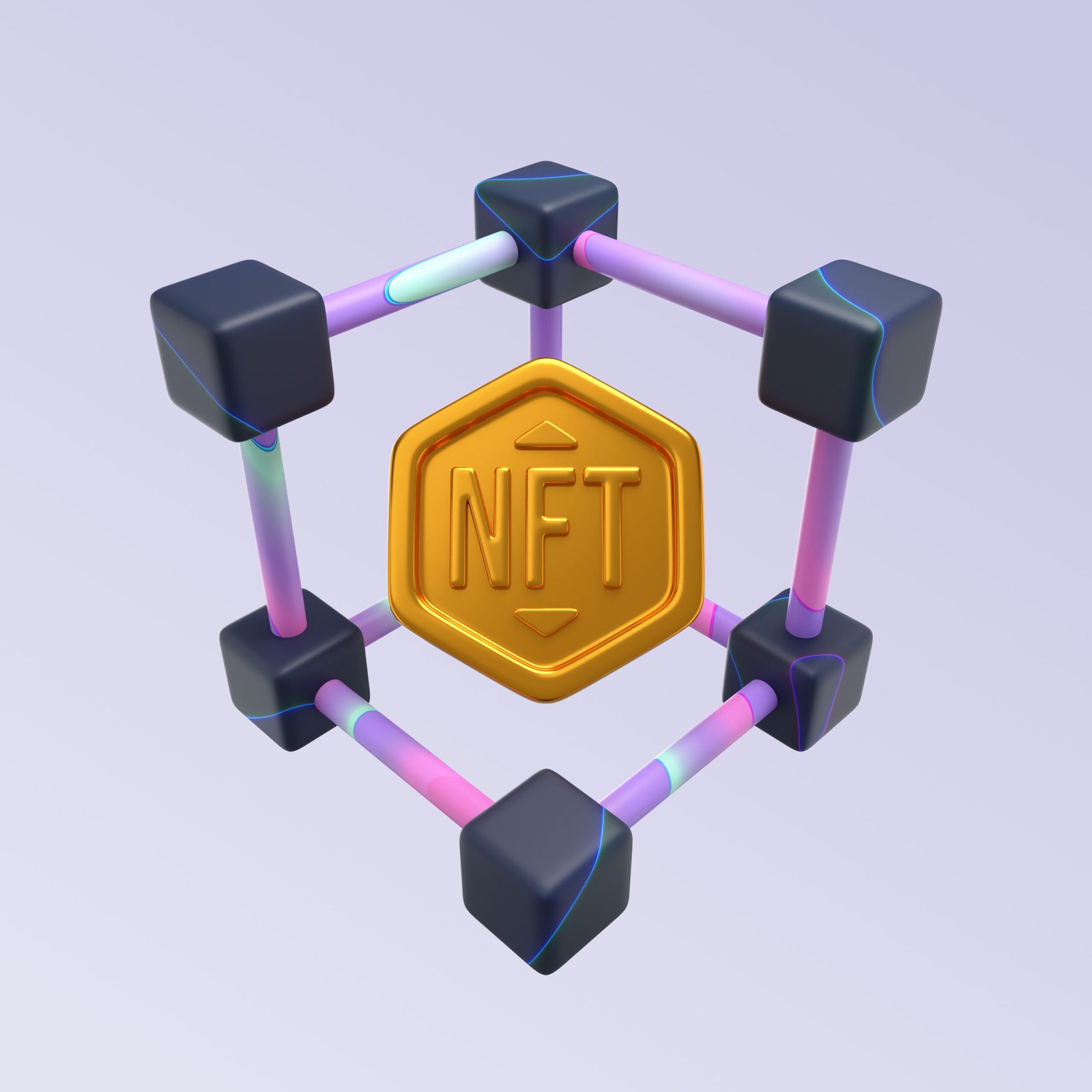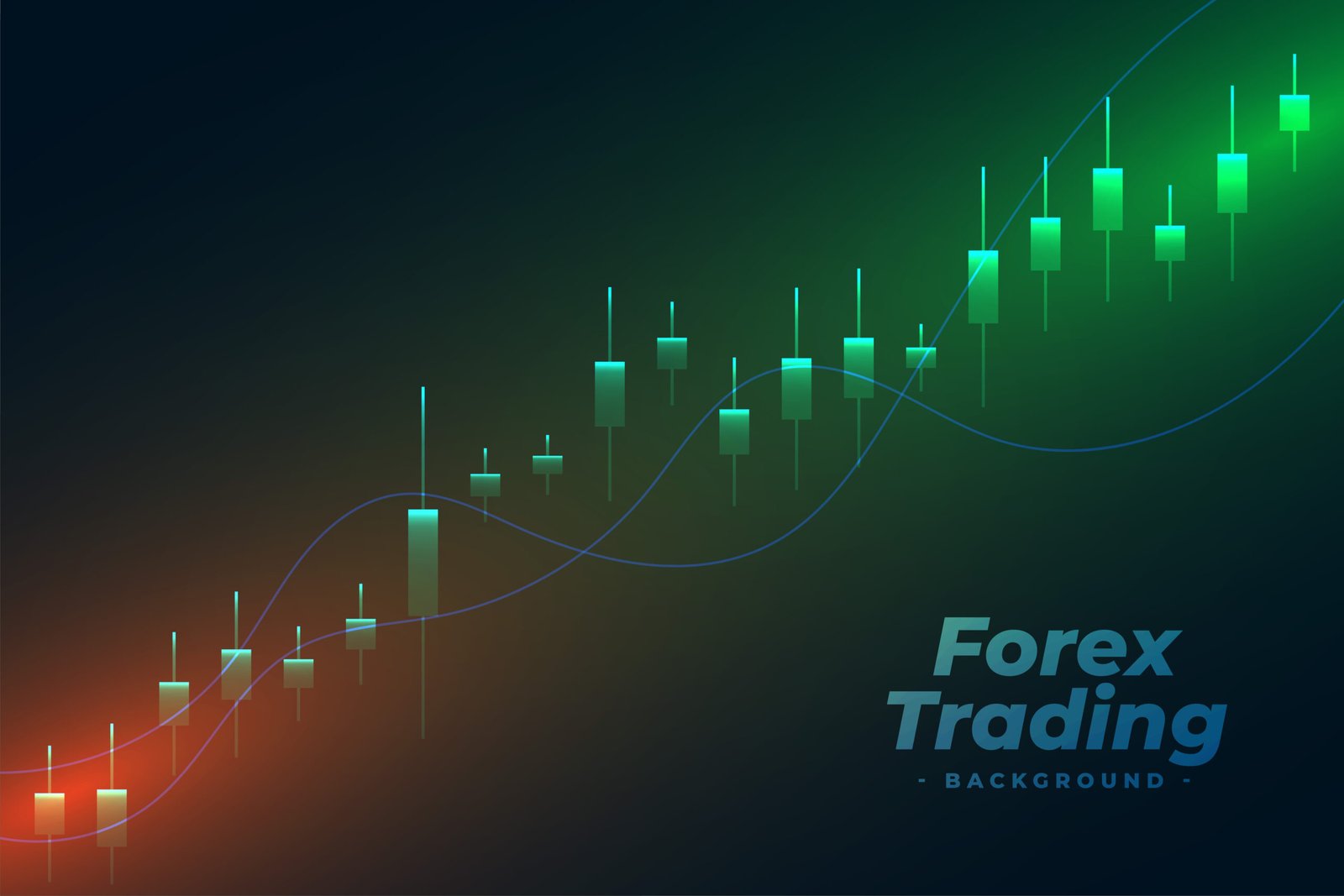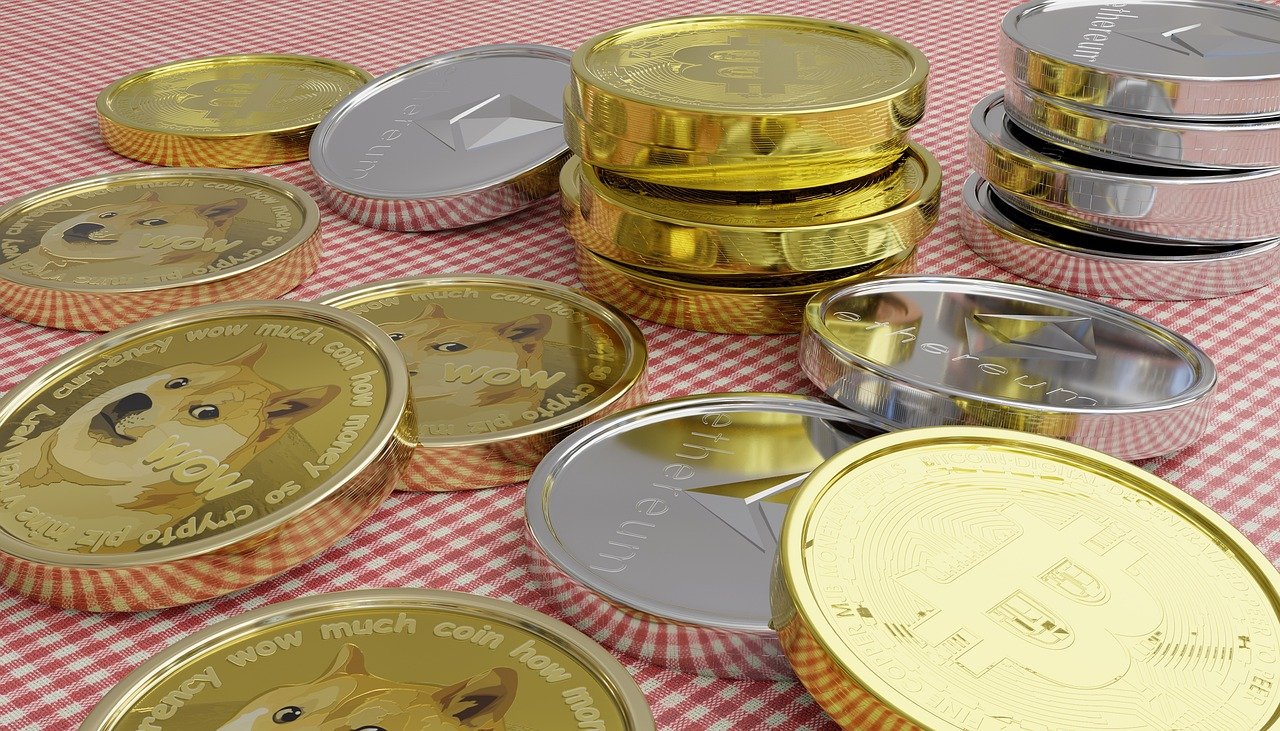What NFTs Are and Their Fast-Growing Popularity
NFTs have completely transformed how we think about and engage with digital property. These assets came into the limelight recently and have captured the attention of everyone from investors and art collectors to everyday people. The increase in their popularity is primarily because of their association with cryptocurrencies and blockchain technology, which both guarantee their value and security.
Digital artists, musicians, and even celebrities can now monetise their work in ways that were once deemed impossible. As a result, some NFTs have sold for amounts that would astonish even the most remarkable collectors out there.
Let’s explore the stunning prices and values reached by those assets and check out the 10 most expensive NFTs ever sold.
What Are NFTs?
NFTs, also referred to as Non-fungible tokens, are distinct assets kept on a blockchain. NFTs, unlike Bitcoin and Ethereum, which are interchangeable, are not interchangeable. Few exist and it is those constraints which provide value.
NFTs are usually linked with digital art like pictures, music, video clips, and even tweets. These serve as means for creators to easily protect and assert their works in a truly borderless and transparent manner.
Working of NFTs
Like other tokens, NFTs are stored on a blockchain, most commonly on Ethereum. This blockchain technology makes sure that each token is unique and cannot be duplicated. A person that buys an NFT acquires ownership along with the corresponding digitised item and a certificate stored in the blockchain for claim of proof of authenticity.
NFTs are evaluated based on a number of attributes like popularity and scarcity, and the name of the artist or creator of the artwork/instrument.
Development of Digital Art with NFTs
Within the last decade, digital art has increased dramatically, and NFTs help artists to promote and sell their art globally. With the capability to create digitally unique and authentic pieces of art, artists can eliminate the middlemen in established art institutions and sell the artwork directly, leading to greater imagination and freedom.
In this new era, exclusive digital art pieces sell for millions of pounds. The world of digital art has evolved tremendously with the introduction of NFTs, and this shift has raised the eyebrows of celebrities, investors, and major art collectors, leading to an extravagantly notable surge in NFT sales.
The Top 10 Most Expensive NFTs Ever Sold
Let’s explore the top ten NFTs that were sold for the highest values.
Beeple’s “Everydays: The First 5000 Days” – £69.3 Million
Beeple’s NFT collage sold for £69.3 million in Christie’s auction in 2021 broke the previous records. Created by American digital artist Mike Winkelmann, the piece is a collage with over 5000 images, each individually created over a period of 13 years. Winning the auction for this astounding piece further raised the pedestal on which Beeple’s status lay and showcased, for many, the potential value that NFTs could possess in the fine art sector.
CryptoPunk #7804 – £7.6 Million
CryptoPunks have, over time, emerged as a cultural landmark in the realm of NFTs. One of the first modern NFT projects, CryptoPunks has established dominance over the market and is regarded as an icon of the NFT. CryptoPunk #7804 was sold with an astounding bid of 4200 ETH for around £7.6 million, making it one of the best value NFT pixels sold to date.
CryptoPunk #3100 – $7.6 Million
Another alien punk, CryptoPunk #3100, also sold for 4200 ETH, resulting in an equivalent of $7.6 million. The CryptoPunk collection remains one of the most popular and expensive NFTs.

“Crossroads” by Beeple – $6.6 Million
“Crossroads” is another digital piece by Beeple that sold for $6.6 million in February 2021. This piece demonstrates Beeple’s signature blend of pop culture and social commentary through a vividly illustrated political scene.
“Ringers #109” by Dmitri Cherniak – $6.9 Million
“Ringers #109” is part of the generative art series “Ringers” by artist Dmitri Cherniak. This piece sold at the height of the generative art craze in 2022, and its value has only increased as generative art has become a highly sought-after genre within the NFT community.
“The First Ever Twitter Tweet” by Jack Dorsey – $2.9 Million
In an event that marked NFT history, Jack Dorsey, the Twitter co-founder, sold the very first tweet ever posted on the platform for $2.9 million. This sale showcased the potent combination of social media, technology, and NFTs, in what can only be described as digital memorabilia turned collectible.
“Right Click and Save As Guy” by Pak – $6.6 Million
Pak, one of the most renowned digital artists in the NFT space, has sold his “Right Click and Save As Guy” NFT for a whopping $6.6 million. The piece mocks the popular notion that NFTs are nothing more than glorified images which can be easily copied, which serves as a comparison to the more broad discussion of appreciating digital artwork.
“World Wide Web Source Code” by Tim Berners-Lee – $5.4 million
Tim Berners-Lee, the creator of the World Wide Web, sold the NFT of the source code of the web for $5.4 million. This purchase will go down in NFT history as one of the most important events because it not only signified the birth of NFTs, but also the monetisation of one of the greatest creations of the digital era.
CryptoPunk #5217 – $5.5 million
Another exceptional sale of an edge CryptoPunk sold for five million dollars and fifty thousand is for CryptoPunk #5217. This punk with a blue bandana is amongst the most renowned heads of the collection of CryptoPunks.
“Not Forgotten, But Gone” by Grimes – $6 Million
Grimes, for instance, is a popular musician who came into the NFT world by selling a collection of digital art. His artwork “Not Forgotten, But Gone” single-handedly earned him 6 million dollars. The digital piece of art has exceptional animation and exemplifies how musicians and artists try to monetise their NFTs with embedded animations and appeal.
What Makes These NFTs So Valuable?
The Role of Rarity in NFT Prices
The underlying factor of an NFT’s value is its rarity. NFTs that are part of limited collections or one of a kind tend to fetch higher prices. Specific collections of NFTs, like CryptoPunks, do feature a small number of pieces that are unique, which makes them desirable.
Importance of Provenance and Ownership
The value of art largely hinges on including its provenance under clear, detailed tracking which is important in establishing an artwork’s ownership history. NFTs carry this same importance, if not greater, as the blockchain records every single transaction and authenticates the ownership history.
The Effects of Active Markets and Celebrity Participation
The participation of actors, musicians, and other public figures in the NFT world increases the value and market of NFTs, making them more credible. The media coverage of the purchase of NFT art pieces has become overwhelming, and this hysteria has increased the demand for such works.
How the NFT Market Continues to Evolve
New Platforms and Marketplaces for NFTs
The expansion of the NFT market is followed by an increase in the number of platforms and marketplaces that facilitate the buying and selling of these digital assets. OpenSea, Rarible, and Foundation are just a few examples of the platforms where NFTs are sold. Each has different functionalities that serve various creators and users.
Technological Innovations Impacting NFT Value
Blockchain technology is always changing. This always brings new ways of minting, buying, and selling NFTs. New innovations, like free gas transactions and lower layer solutions, have made trading NFTs easier and cheaper which is likely to increase demand.
The Debate around Environment and Sustainability in NFTs
Many NFT proponents express concern surrounding the environmental impact of NFT ownership and creation. Critics claim Ethereum’s energy usage contributes to pollution. Shifts to less energy-intensive blockchain protocols will enhance the sustainability of NFTs. Efforts are currently being made to make NFTs less environmentally taxing, including the move towards more energy-efficient blockchain protocols.
FAQs: Addressing Popular Queries Regarding Costly NFTs
What elements influence an NFT’s worth?
Several aspects determine the worth of NFTs, namely scarcity, interest, valuation of the artist, and cultural or historical influence. NFTs exhibiting distinguishing traits or those produced by famous artists frequently attract higher market prices.
Do NFTs constitute a smart investment?
For savvy investors, NFTs offer promising profit, however, just like all assets, they have their risks. Their value can be unstable, and the market is still emerging. To make buying decisions, it is essential to fully comprehend the NFT market.
What does the future hold for the NFT market?
The development of NFTs appears to be promising with new innovations and applications of NFTs popping up in various industries. In the short term, there could be fluctuations, but the long-term impact of NFTs on art, entertainment, and digital ownership is undeniably colossal.
What impact are NFTs having on the art world?
Digital art and NFT have come to the scene and already done away with the exquisitely restrictive world of galleries and auction houses, uniquely benefiting digital artists who are now able to sell their work autonomously which resulted in democratising the world of art. As a result, a new globalisation was born for both artists and art buyers.
Can NFTs be sold at a profit?
Depending on the demand, some NFTs can oftentimes be sold on secondary markets and turn a profit. Nevertheless, the profitability for resale, similar to any other venture, is not assured and upswings in the market and dominance are crucial for it.
What is the impact of NFTs on the environment?
NFTs have unleashed a whole new form of advancement in art, requiring vast amounts of energy to power transactions on proof-of-work blockchains, raising issues about their environmental consequences. However, there are algorithms out there waiting to be found which enable the process to be more eco-friendly, like selecting less power-hungry blockchains.
Conclusion: What Lies Ahead for NFTs and Digital Art
NFTs have changed the perception surrounding virtual asset ownership and the art industry. The market values people tend to associate with one-of-a-kind, verified digital assets is illustrated with the sky-high prices set on some of the most expensive NFTs sold ever. Although the market is still maturing, the scope of NFTs and their integration into the economy is very encouraging.



